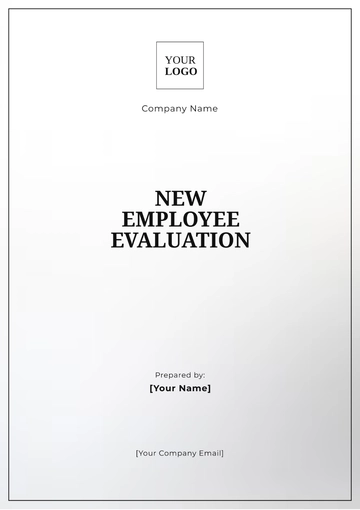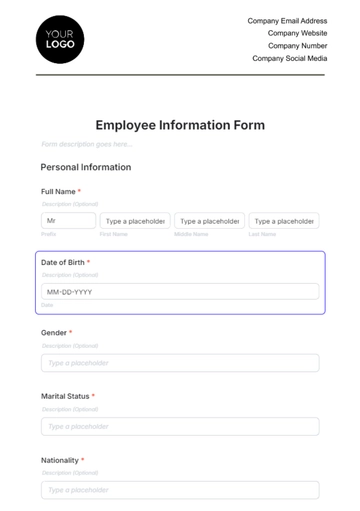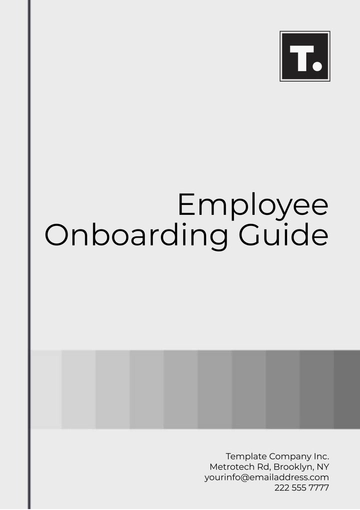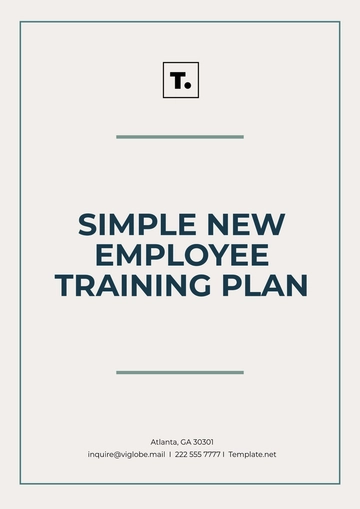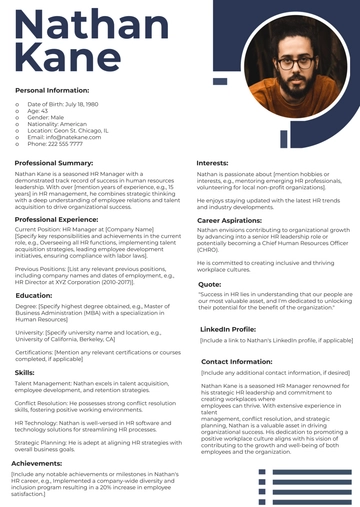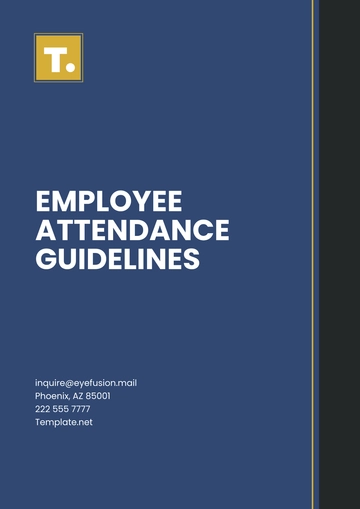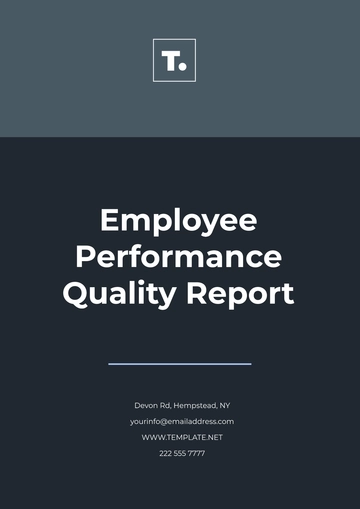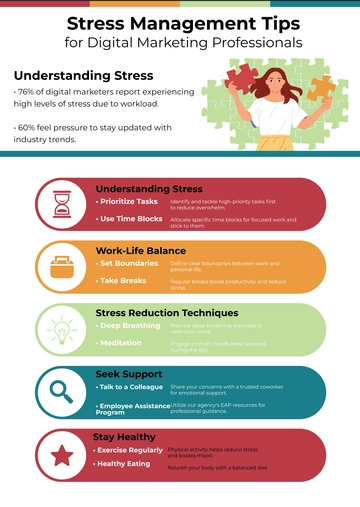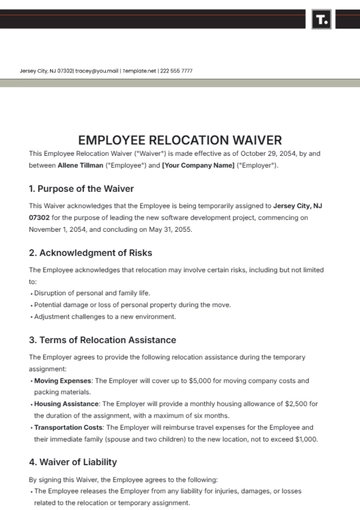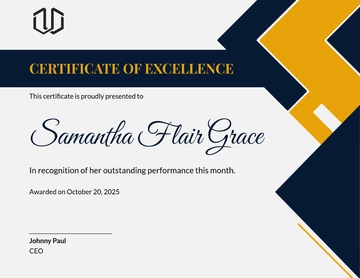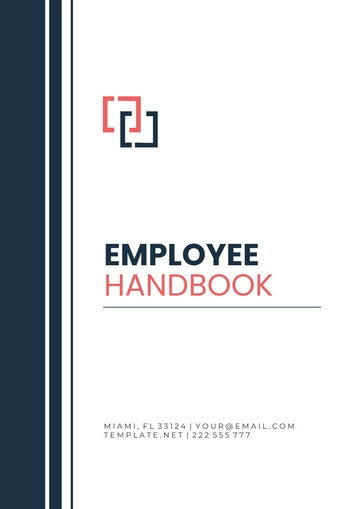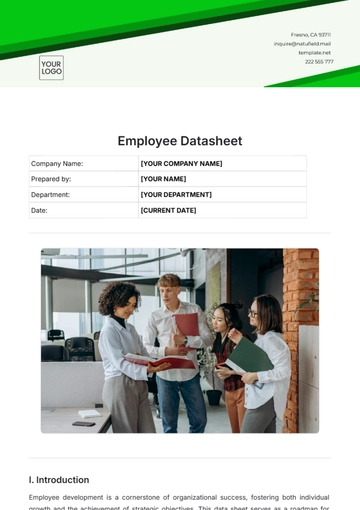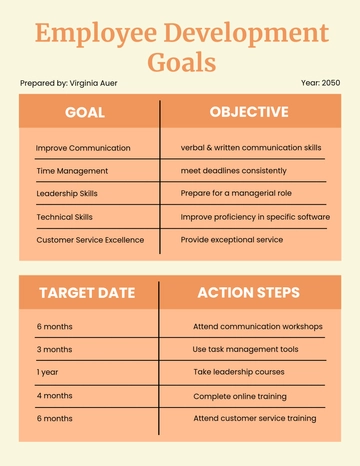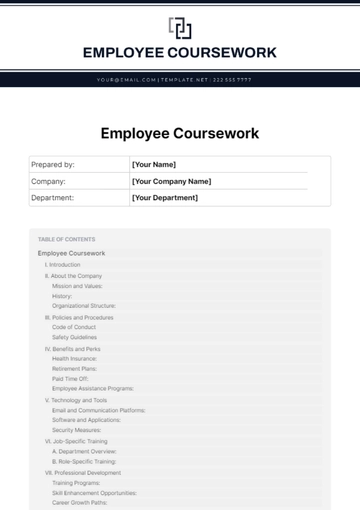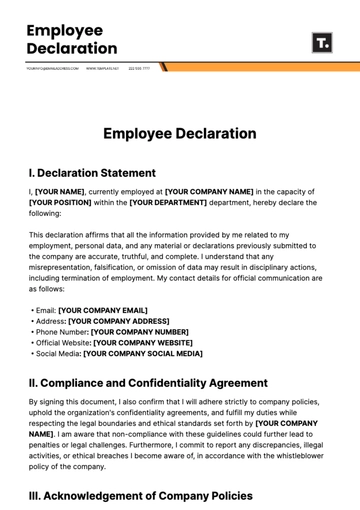Free Employee Relationship ROI & Impact Study HR
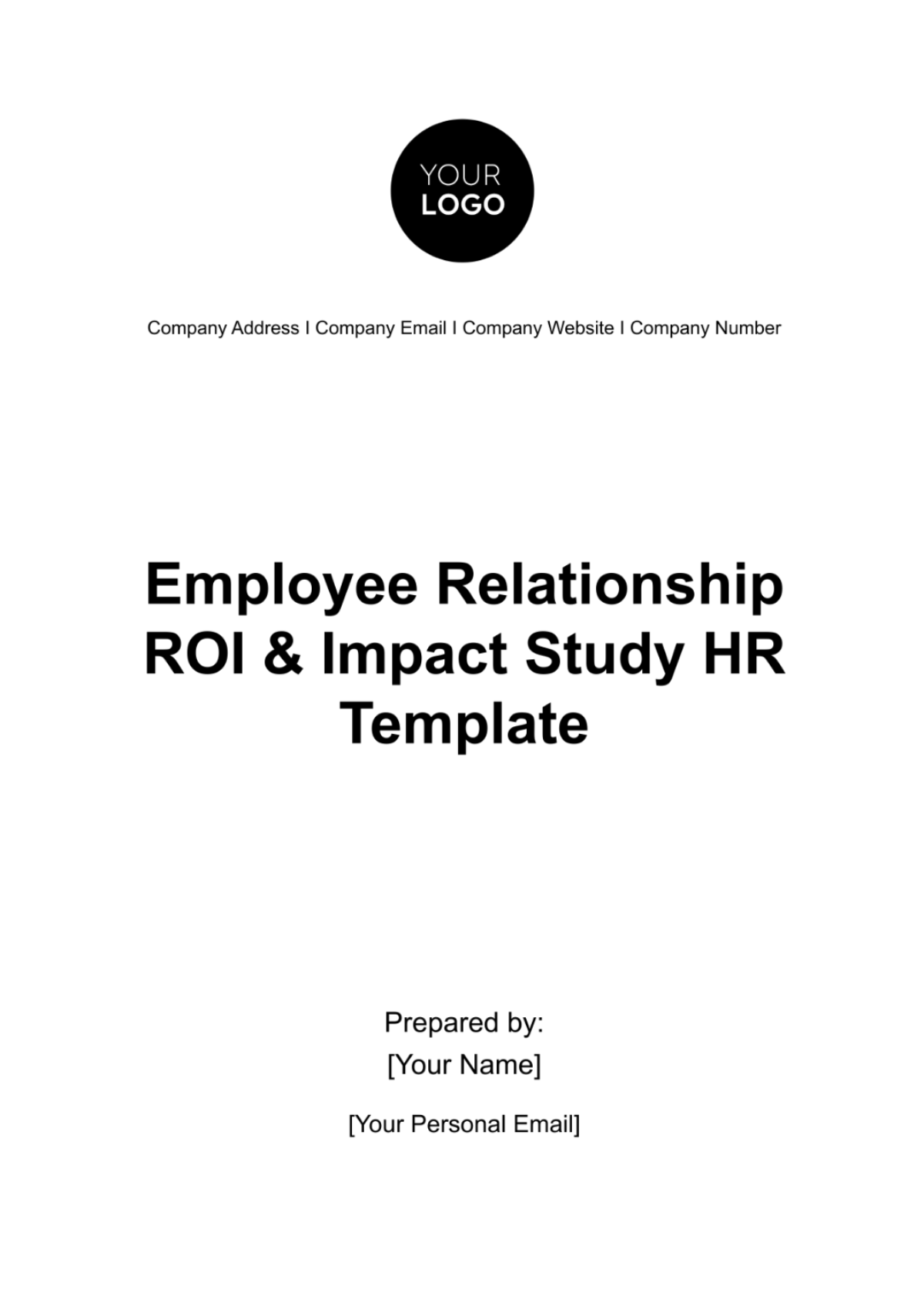
Purpose
The primary purpose of this study is to examine and quantify the impact of strong employee relationships on the return on investment (ROI) for [Company Name]. By understanding this correlation, organizations can make informed decisions about where and how to invest resources to maximize positive outcomes and company performance.
Scope
This document provides an in-depth exploration of the correlation between employee relationships and the company's performance metrics. It covers a range of data points, including productivity levels, team collaboration effectiveness, and employee retention rates, while also analyzing the qualitative benefits such as workplace morale and employee satisfaction.
Background
[Company Name] recognizes the integral role that employee relationships play in the overall health of an organization. In an era where team collaboration and cohesive company culture are paramount, understanding the tangible and intangible benefits of fostering strong inter-employee relationships becomes crucial. This study is an endeavor to shed light on this very aspect, empowering leadership and HR teams to design strategies with this understanding at their core.
The Importance of Employee Relationships
Theoretical Foundations
At its core, employee relationships are rooted in social and organizational psychology. Theories such as Social Exchange Theory posit that relationships are maintained based on a cost-benefit analysis where individuals assess the rewards of the relationship against the costs. In an organizational context, this can translate to the balance between collaboration rewards (like collective successes) against the costs (potential conflicts).
Another significant theory is the Maslow's Hierarchy of Needs, which underscores the importance of belongingness in the workplace. Once employees' basic needs are met, they seek a sense of belonging, which is facilitated by strong peer relationships.
Impact on Productivity and Morale
Productivity and morale are closely intertwined in the workplace. Employees who share strong bonds with their colleagues are more likely to be engaged, motivated, and committed to their roles. The camaraderie built through solid relationships often leads to:
Enhanced collaboration
Greater innovation
Elevated morale
Retention and Turnover
It's no secret that employee turnover is costly for organizations – both financially and in terms of lost knowledge and expertise. Strong employee relationships often serve as a buffer against attrition:
Higher job satisfaction
Reduced burnout
Attractive work environment
By understanding these facets of employee relationships, [Company Name] can position itself for success, ensuring a harmonious and productive work environment.
Methodology
Data Collection
For this study, a multifaceted approach to data collection was employed to ensure a comprehensive understanding of employee relationships and their impact on [Company Name]'s performance.
Surveys and Questionnaires: Employees across various departments of [Company Name] were invited to participate in confidential surveys. These surveys gauged their perceptions about workplace relationships, team dynamics, and overall job satisfaction.
Performance Metrics: Data from HR and project management systems were analyzed to understand productivity levels, project completion rates, and other relevant KPIs over a specified period.
Exit Interviews: Insights from employees leaving [Company Name] were also considered to understand if relationships played any role in their decision to move on.
Data Analysis Techniques
Post data collection, a series of analytical techniques were employed to derive insights:
Quantitative Analysis: Statistical methods, including regression analysis, were used to find any correlations between the health of employee relationships and key performance indicators.
Qualitative Analysis: Feedback from the open-ended questions in surveys, as well as insights from exit interviews, underwent thematic analysis. This helped in understanding underlying themes and sentiments associated with employee relationships at [Company Name].
ROI Computation: A cost-benefit analysis was conducted to compute the ROI of investing in employee relationship initiatives. This involved comparing the benefits (improved performance, reduced turnover, etc.) with the costs associated with relationship-building programs and initiatives.
Data Overview
Sample Employee Demographics
For this study, a group of employees was selected to provide a diverse range of perspectives and experiences. A brief overview of their demographics is as follows:
Employee Name | Department | Tenure | Age |
Marketing | 3 years | 29 | |
Finance | 5 years | 34 | |
IT | 1 year | 24 |
Relationship Health Metrics
To gauge the health of employee relationships, a variety of metrics were employed:
Employee Name | Employee Satisfaction | Team | Selected Open Feedback |
8 | 7 | "I feel supported by my peers, but we could benefit from more team-building activities." | |
7 | 8 | "My department collaborates well, but cross-departmental communication can be improved." | |
9 | 9 | "Being new, I feel welcomed by my colleagues and find it easy to approach them." |
Organizational Performance Metrics
Performance metrics provide a tangible measure of the impact of employee relationships on organizational success:
Employee Name | Productivity | Projects Completed |
5 | 8 out of 10 | |
6 | 7 out of 10 | |
4 | 6 out of 8 |
Results and Findings
Upon analyzing the data, certain trends and correlations between relationship health and organizational performance became evident.
Employees with higher satisfaction scores tend to have better productivity rates. For instance, [Employee Name 3] with a satisfaction score of 9/10 completed an average of 4 tasks/day, indicating a positive atmosphere despite being relatively new to the company.
Team Collaboration Scores showed a positive correlation with project completion rates. [Employee Name 2], who had a collaboration score of 8, successfully completed 70% of their projects on or before the deadline.
This data suggests that fostering healthy employee relationships directly benefits organizational performance metrics.
Return on Investment (ROI) Computation
For a clearer understanding of the financial implications, we calculated the ROI of investing in employee relationship programs. Using an investment value and the increase in productivity as the return, the ROI is computed as:
ROI=(Net Profit from increased productivity - Cost of Employee Relationship InitiativesCost of Employee Relationship Initiatives) x 100%
Given:
Cost of Employee Relationship Initiatives: $10,000
Net Profit from increased productivity (due to improved relationships): $50,000
ROI=(50,000 - 10,00010,000) x 100% = 400%
This implies a 400% return on the investment made towards enhancing employee relationships.
Areas of Improvement
While the overall results were positive, certain areas of improvement were identified:
Feedback Integration: The open feedback received from employees, such as the desire for more team-building activities, points to potential areas for further development.
Cross-departmental Communication: There were mentions of the need for enhanced inter-departmental communication strategies, especially from [Employee Name 2].
Onboarding Processes: Ensuring that newer employees, like [Employee Name 3], continue to feel welcomed and integrated into the team is essential for long-term relationship health.
Recommendations and Strategic Steps
Strengthening Team Dynamics
Regular Team-Building Activities: Monthly team outings or exercises can help break barriers and foster camaraderie.
Open Communication Channels: Encourage regular check-ins and open dialogues within teams to ensure everyone feels heard.
Peer Review System: Implement a system where team members can provide constructive feedback on each other's performance and work ethic.
Enhancing Training & Onboarding
Comprehensive Orientation: Ensure that new employees have a thorough understanding of the company's culture and values.
Mentorship Programs: Pairing new employees with experienced ones can facilitate smoother integration into the company.
Regular Feedback during Probation: Schedule periodic check-ins during the initial months to address any concerns or challenges faced by new employees.
Implementing Employee Relationship Programs
Employee Assistance Programs (EAP): Offer counseling and support services for employees facing personal or professional challenges.
Recognition and Rewards: Regularly acknowledge outstanding contributions and foster a culture of appreciation.
Open Door Policy: Ensure that senior management is approachable and employees can voice their concerns without fear of repercussions.
Conclusion and Future Directions
This study illuminated the undeniable connection between the quality of employee relationships and organizational performance metrics. A strong correlation between high relationship health scores and performance indicators was established, underscoring the importance of investing in employee relationship management. As a recommendation, a longitudinal study should be conducted to monitor the progress over several years to understand the long-term effects of employee relationship programs.
- 100% Customizable, free editor
- Access 1 Million+ Templates, photo’s & graphics
- Download or share as a template
- Click and replace photos, graphics, text, backgrounds
- Resize, crop, AI write & more
- Access advanced editor
Measure employee relationship impacts with precision. Our Employee Relationship ROI & Impact Study HR Templated delivers insights into morale-driven performance. A strategic tool for firms prioritizing staff satisfaction and retention. Download this template today!
You may also like
- Employee Letter
- Employee ID Card
- Employee Checklist
- Employee Certificate
- Employee Report
- Employee Training Checklist
- Employee Agreement
- Employee Contract
- Employee Training Plan
- Employee Incident Report
- Employee Survey
- Employee of the Month Certificate
- Employee Development Plan
- Employee Action Plan
- Employee Roadmap
- Employee Poster
- Employee Form
- Employee Engagement Survey

